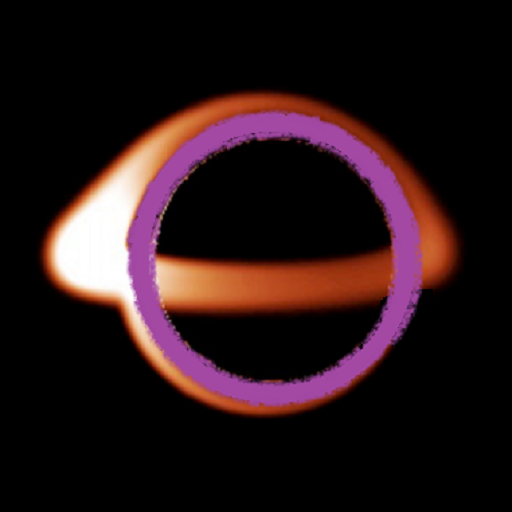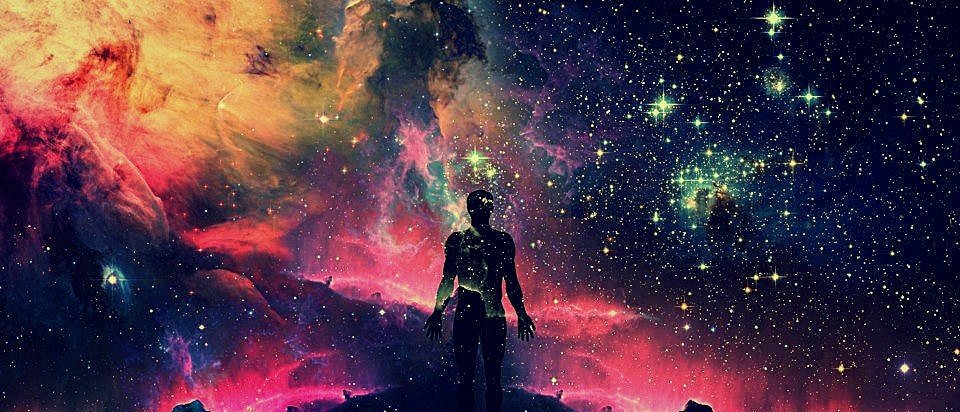“The thing about science is it works, whether you believe in it or not.”
– Neal DeGrasse Tyson
Is this statement true? What really does this mean? Is there a separation between science and belief? And what happens when we create a separation between science and belief—is that not a belief in itself? How can we allow ourselves to look objectively, realizing that one may in fact, complement the other? While I was researching for my book, Grand SLam Theory of the Omniverse, I found that many scientific theories are belief-based. And keep in mind that for something to be theory, it must be backed by hard evidence. The truth is, with many theories, people believed they would work before they were able to gather the data to back it. And this is really how science works!
- View GandSlamTheory’s profile on Facebook
- View @GrandSlamTheory’s profile on Twitter
- View dbertolacci’s profile on Instagram
- View davidbertolacci’s profile on LinkedIn
- View +davidbertolacci’s profile on Google+
Science and belief go hand-in-hand. This doesn’t mean that you look to science to prove your beliefs (or to disprove someone’s beliefs). You can always find data to support just about anything, if you’re willing to ignore the rest of the data. So it is important to have excellent bullshit detection when reviewing papers for research. Some just don’t science right. But we love them anyway! Real science gathers conclusions from all the data, once enough data has been gathered. And with even more data, conclusions can change. In the case of string theories, modifications have been made to fit ever-growing models.
M-Theory incorporates string theories and general relativity. It’s known as a ‘top-down’ model because it starts with the mathematics and is missing the geometric framework (the bottom). So the belief is that we will find such a framework that fits the model.
You see, we never really have the complete picture. We are piecing things together. In other words, we’re just making it all up! We have to believe in ourselves and our ability to be able to make educated decisions based on the limited perception we have. Honestly, we think we’re speaking the language of the universe with mathematics, but only when large ‘fudge factors’ are introduced. Yup that’s correct. We believe the result should be in this ballpark, so we add numbers to get it there. Still believe science ain’t belief-based?
There is power in not knowing. It is what drives us to make such strides, learning about the universe and our perception of it. Not knowing creates the need for belief. We believe that we can find out. And we do, little by little. Piece by piece, we put together models of our collective understanding of the universe.
And in trusting the process of science, these views have changed. At the time we only knew about the solar system, it was once thought that everything revolved around Earth. Copernicus changed that. And Galileo’s observations sealed the fate, changing the view forever. With more observation came the discovery of galaxies. And pioneers like Hubble and Friedmann paved the way for a better understanding of the ever-expanding universe. Although we’re still limited to the observable bubble within the universe, we now have galaxy clusters and superclusters in giant regions of attraction with dark matter everywhere, in an endless sea of expanding space fueled by dark energy. These are things we inferred by their observable effects. We believe that they are something tangible, even without direct observation.
That’s just scratching the surface of the symbiotic relationship of science and belief. Over a hundred years ago, quantum theories were just beginning to show the relationship between thought and energy. Simply observing has the power to affect the outcome. Why? Because the observer has beliefs of what particular outcomes are probable. All possible outcomes are actually happening, yet because the observer believes this outcome to be true, it is.
Fast forward to the modern day understanding of both spiritual and scientific concepts, we see how they complement each other in terms of perception. We are constantly observing, and in doing so, putting together our reality. The human perception goes beyond the limitations of the brain. We now know that the mind is not constrained by the physical. This is the realm of thought. Imagination. Intuition. It is a connection (like wifi) to the universe. This is the realm of superconsciousness. And everything in the universe is a function of the many levels of this consciousness. Every single thing exists because on a subtle level of superconsciousness, there is a belief. The laws of physics are superconscious beliefs. They are true because we are programmed to believe they are true. And you, my friend, are capable of seeing beyond this to the true nature of all that is. I will take you there.
Thank you, it is done, It is done, It is done.
=D




